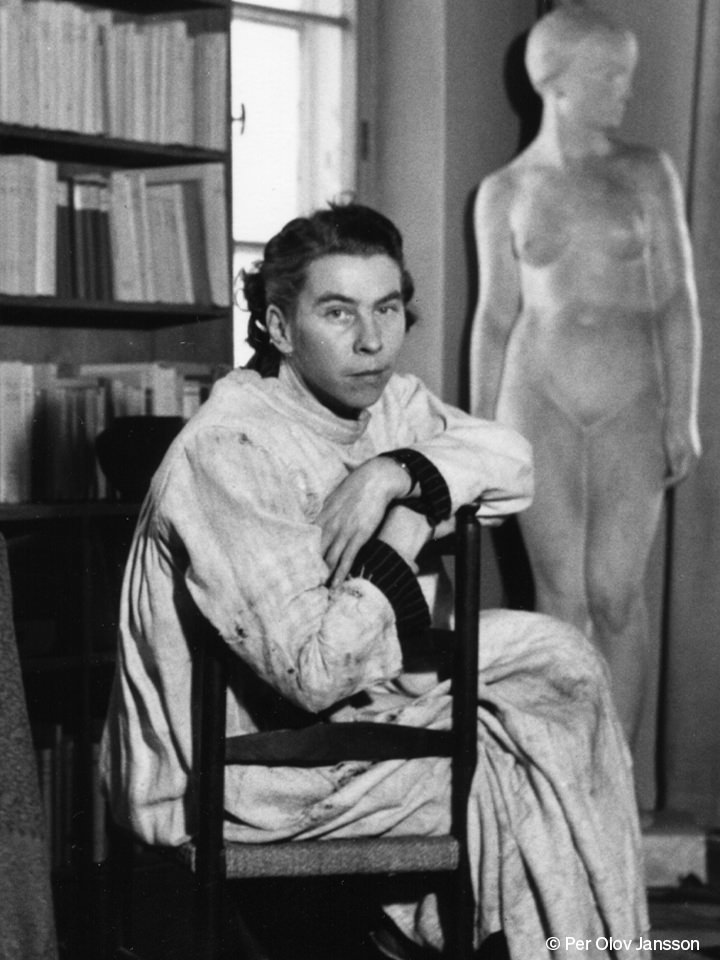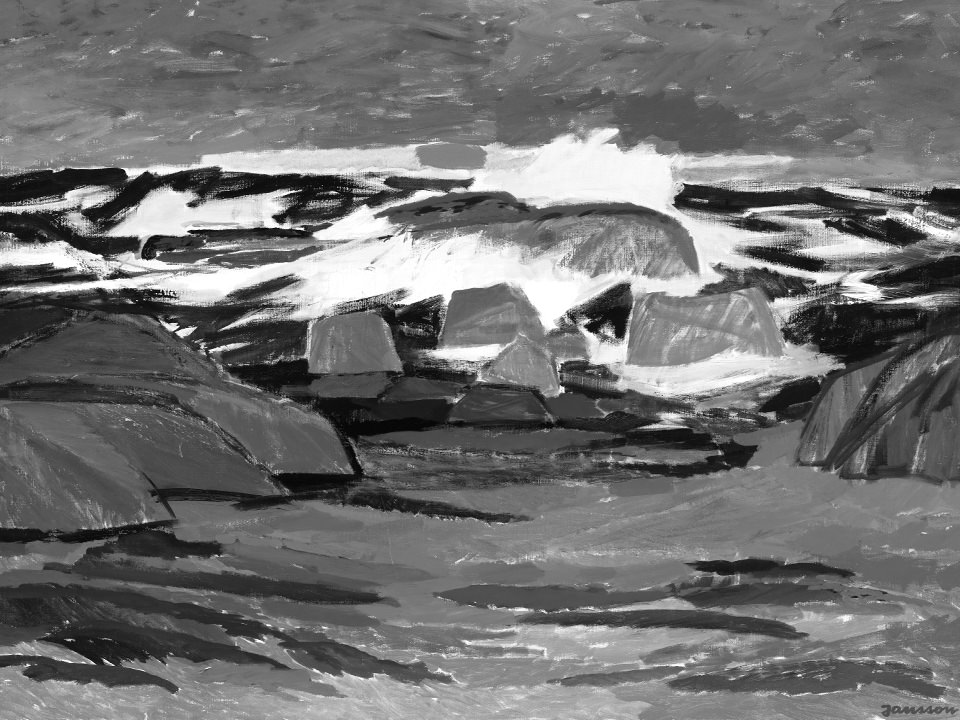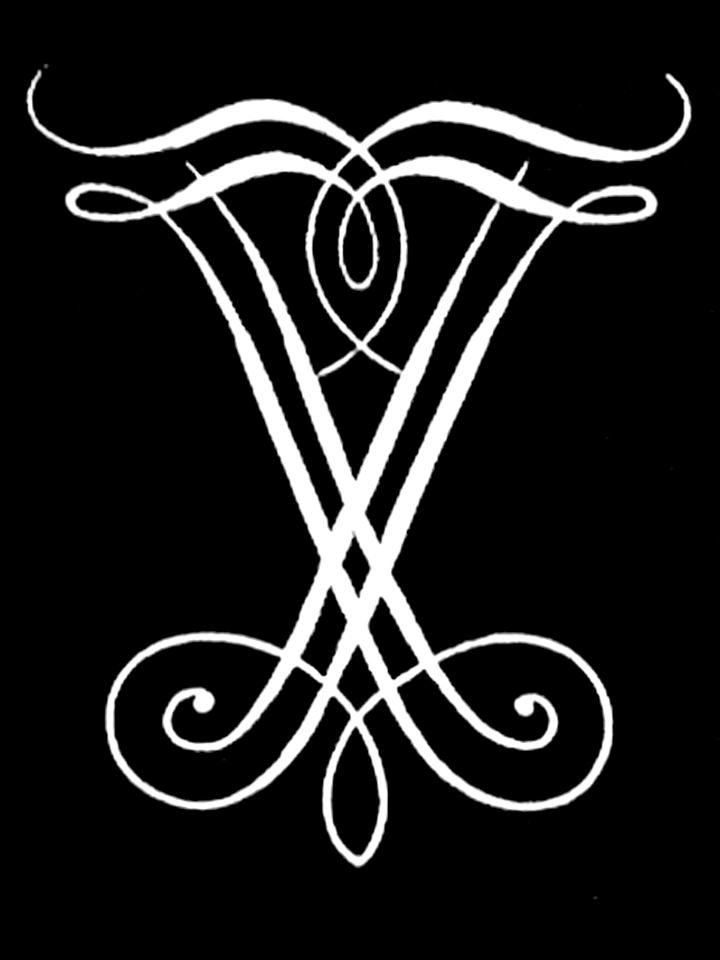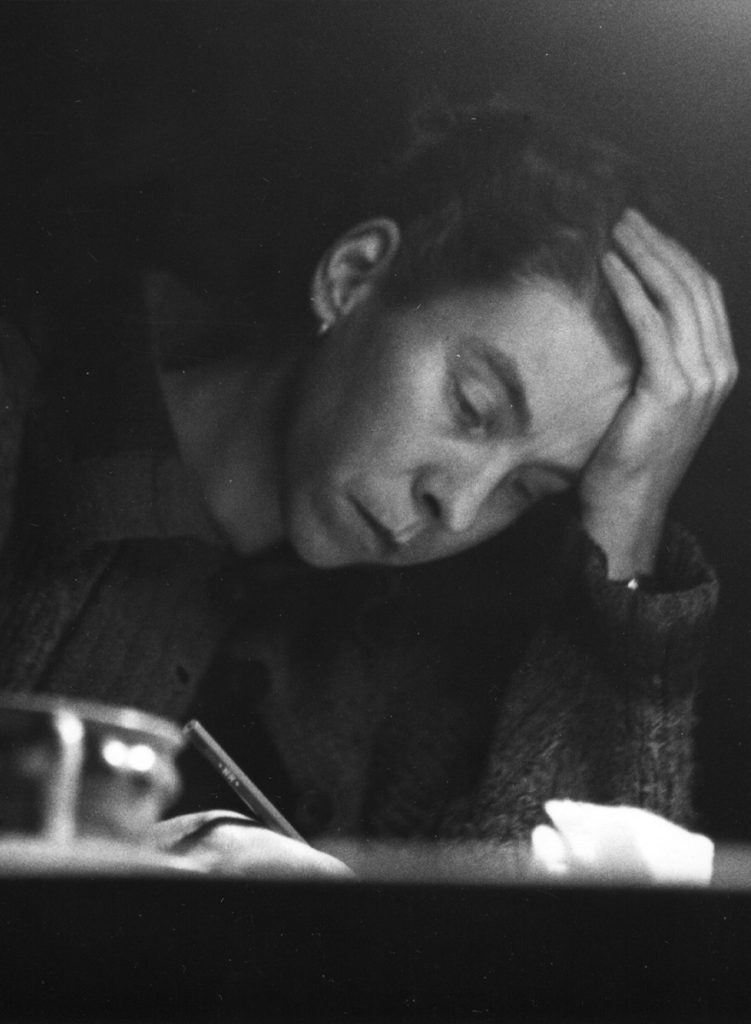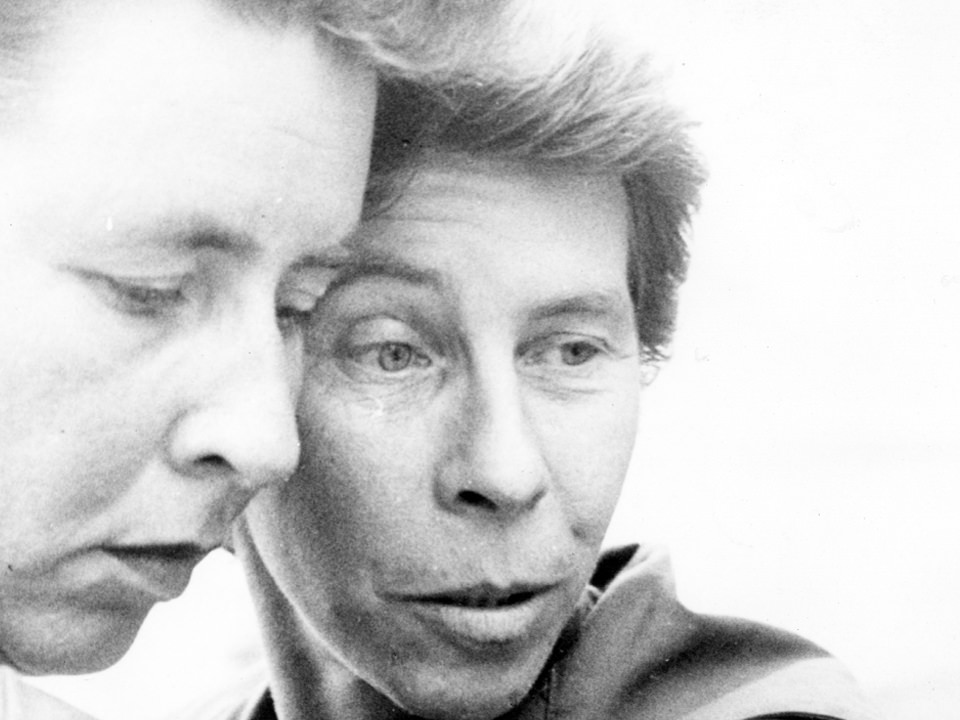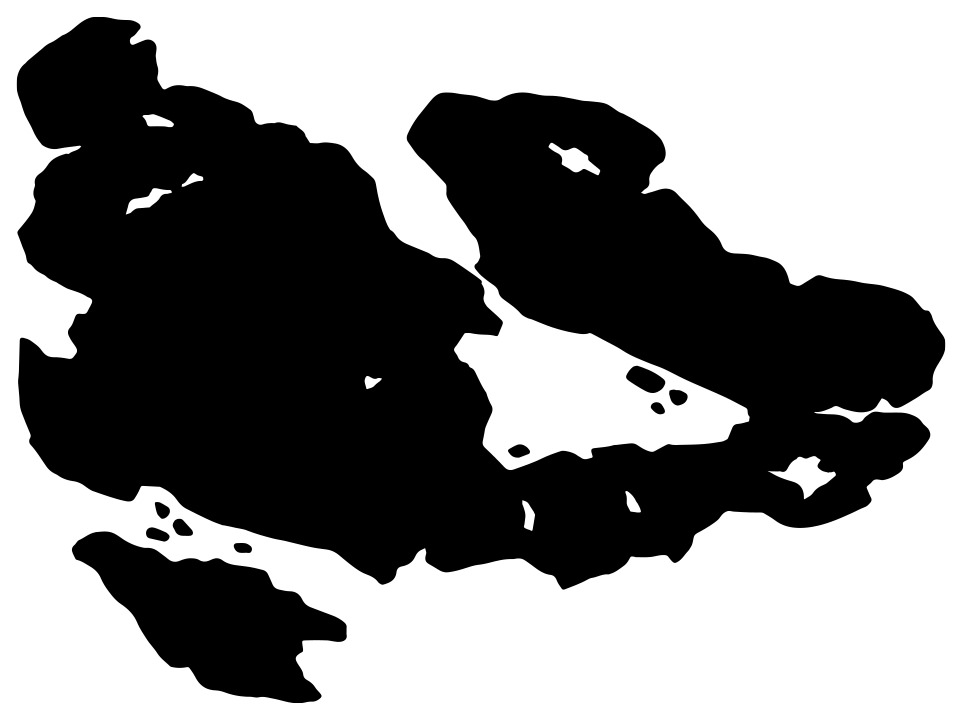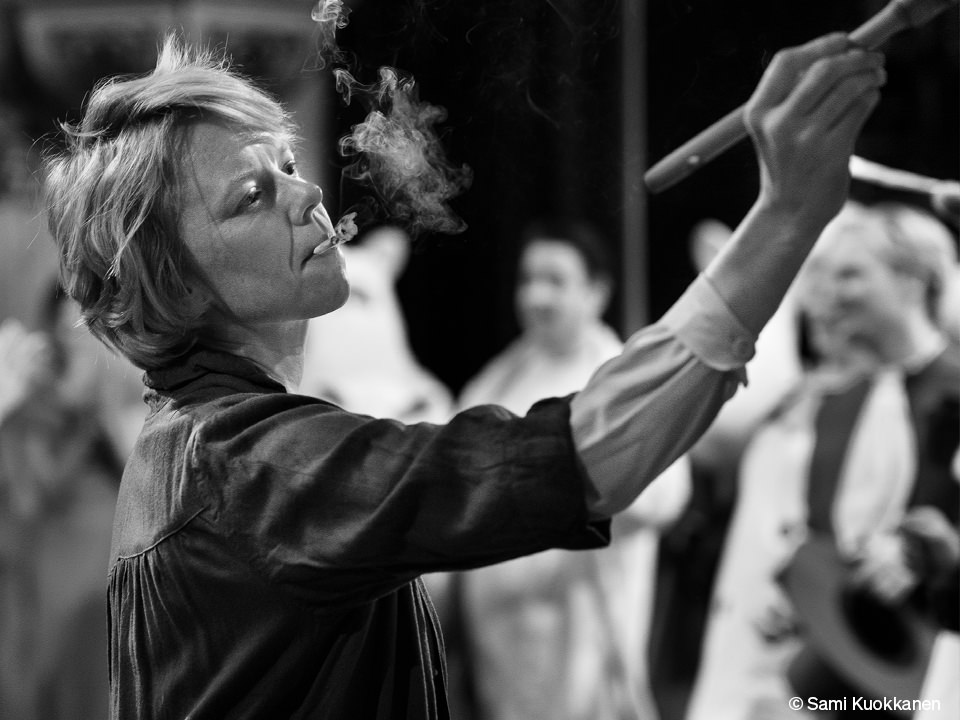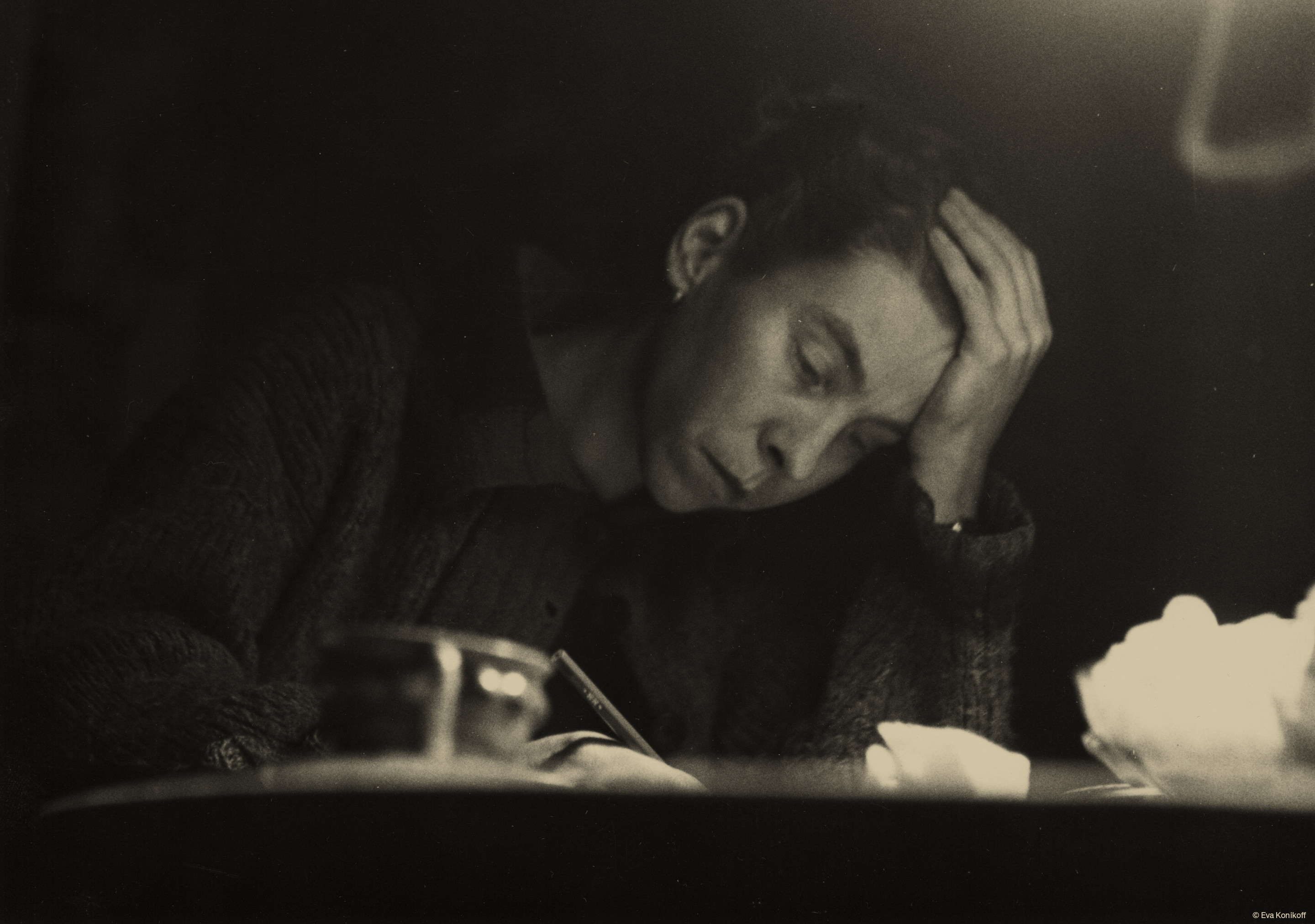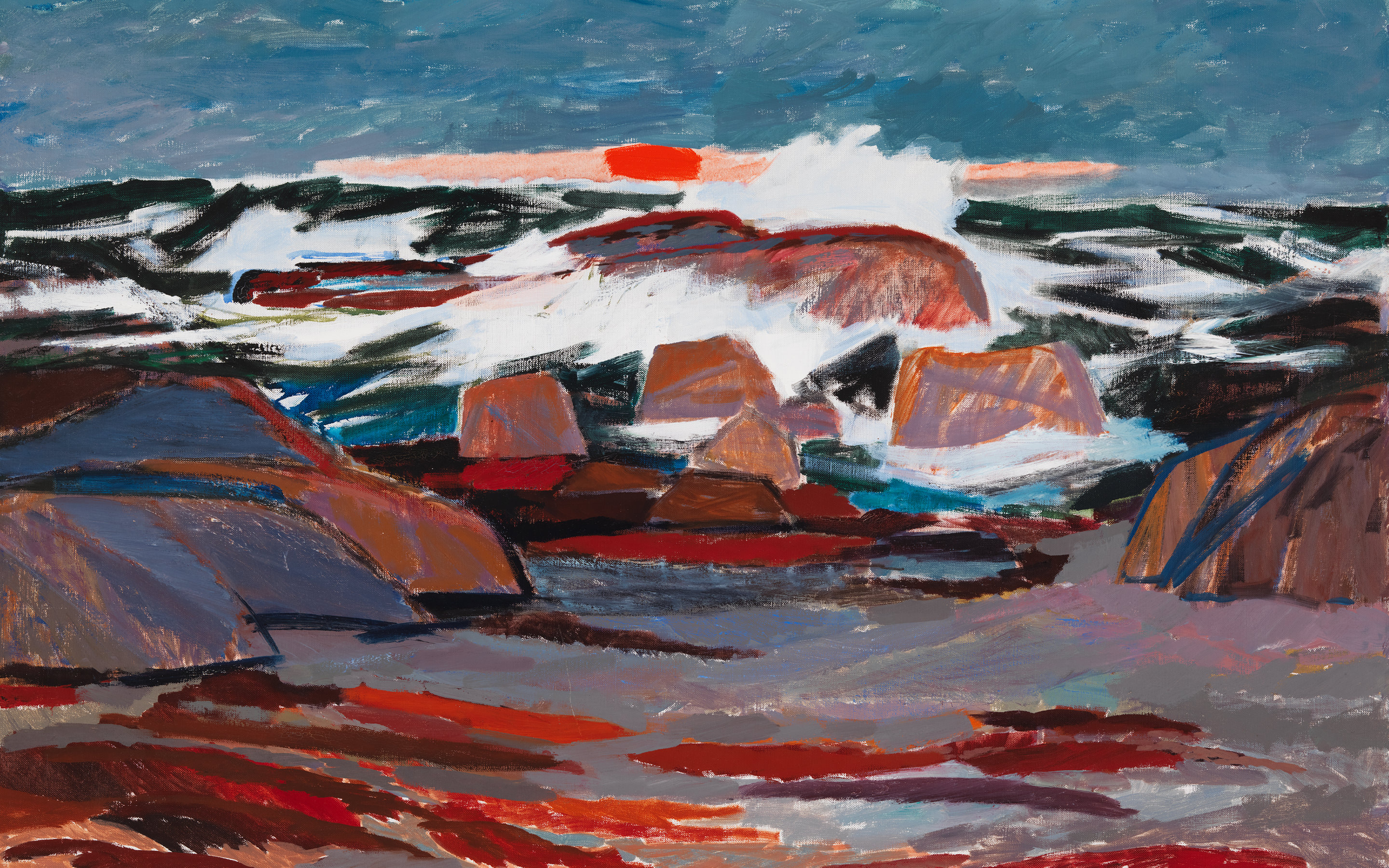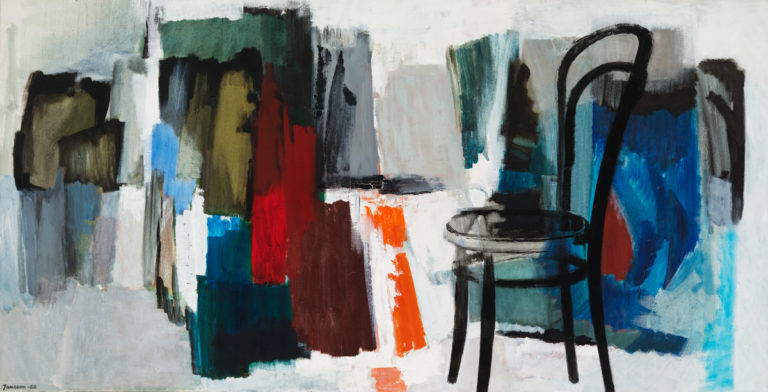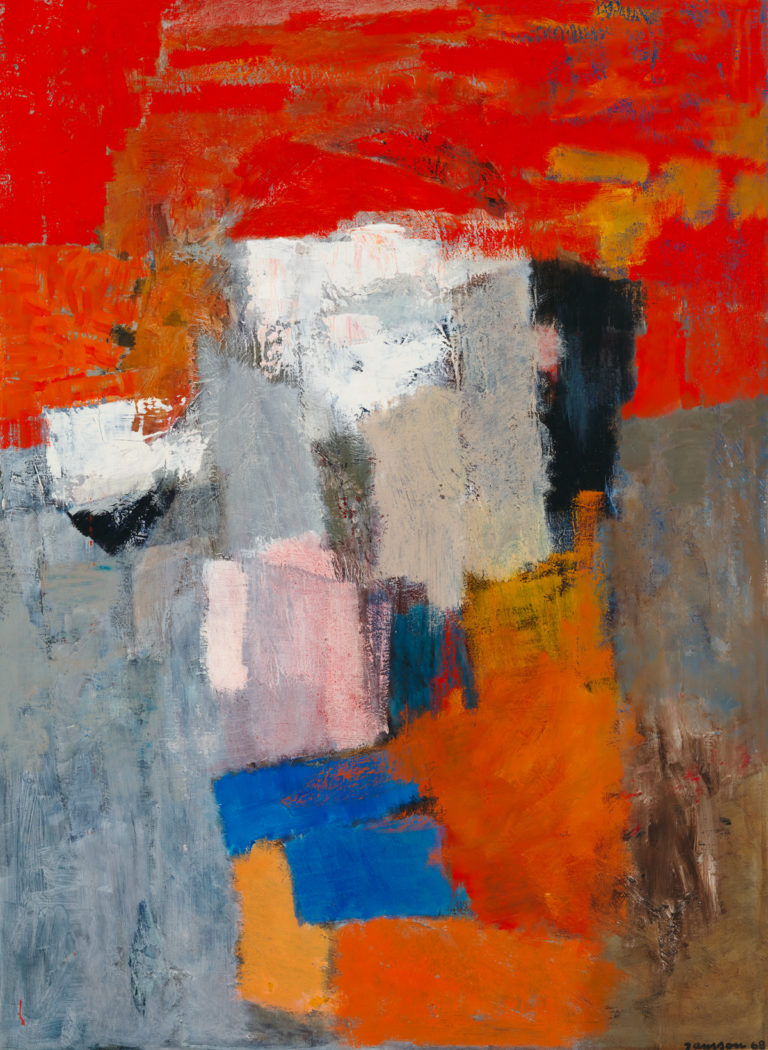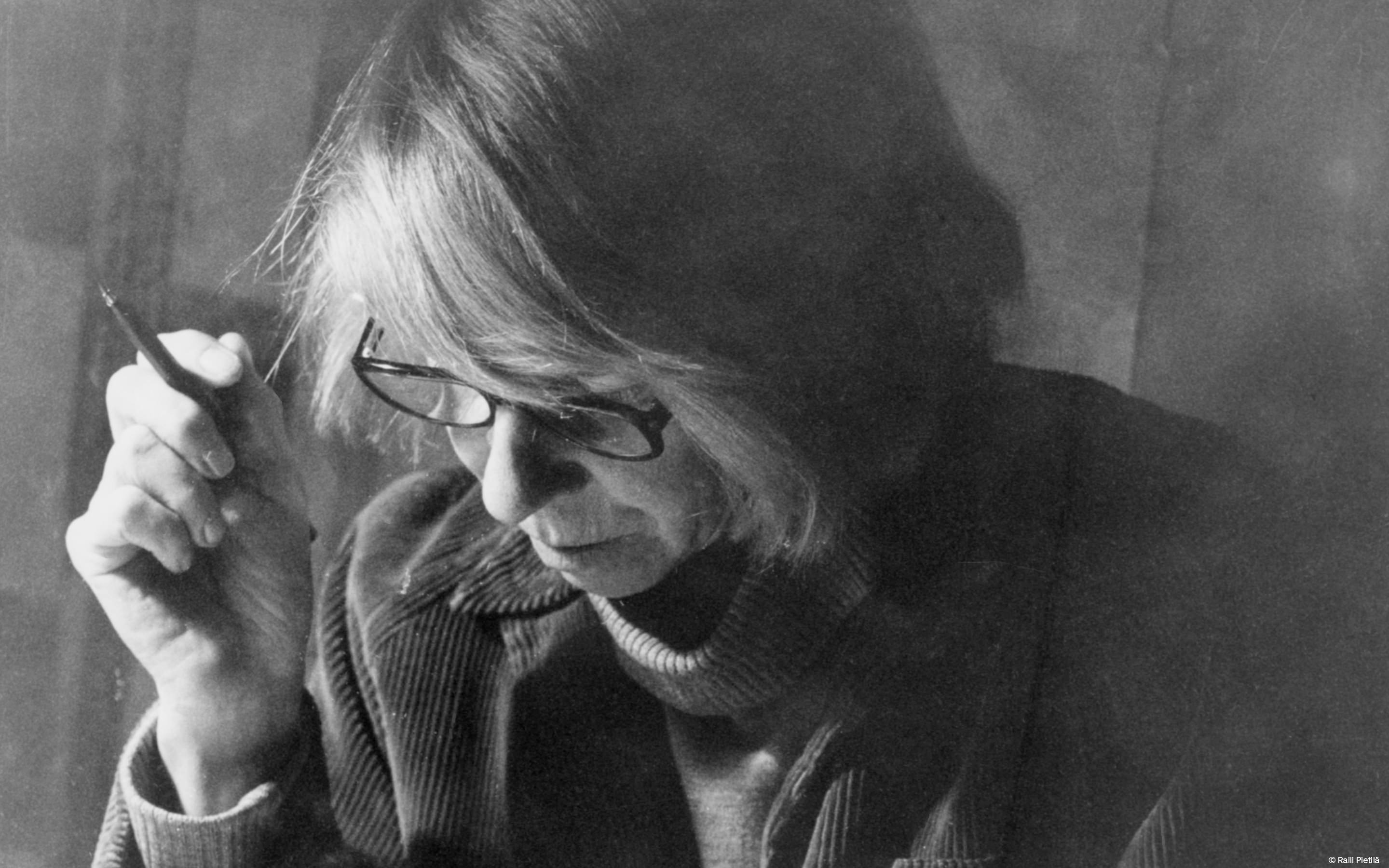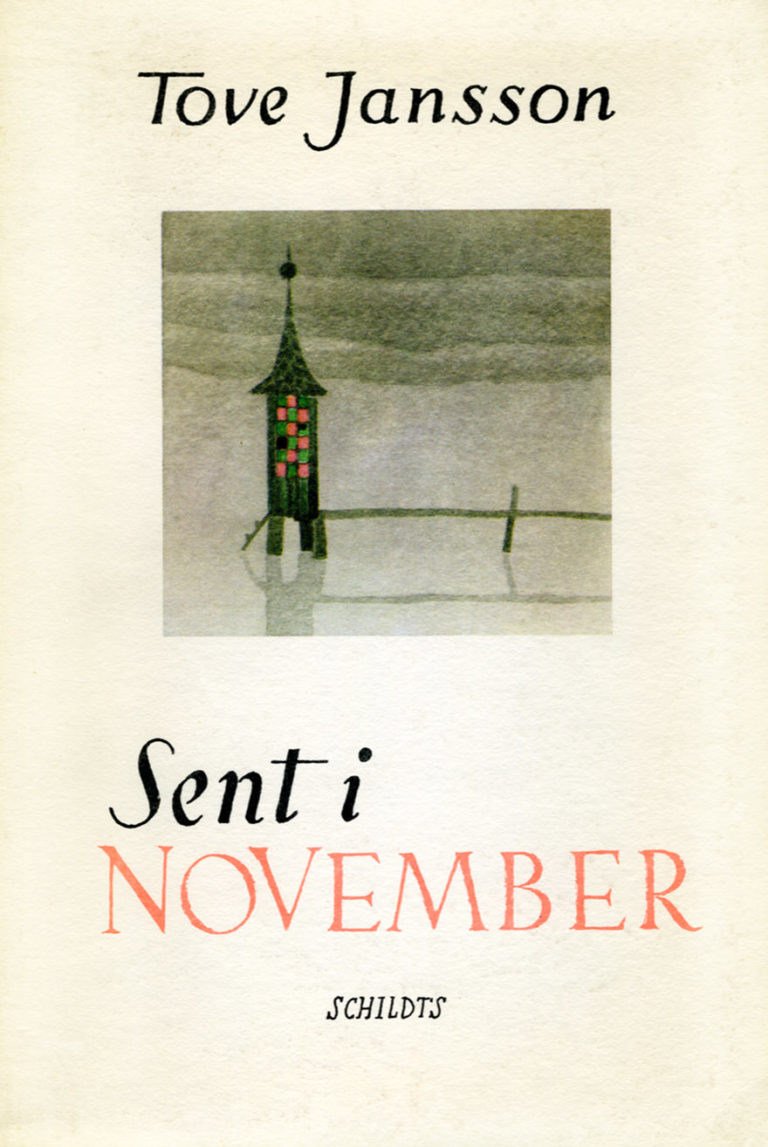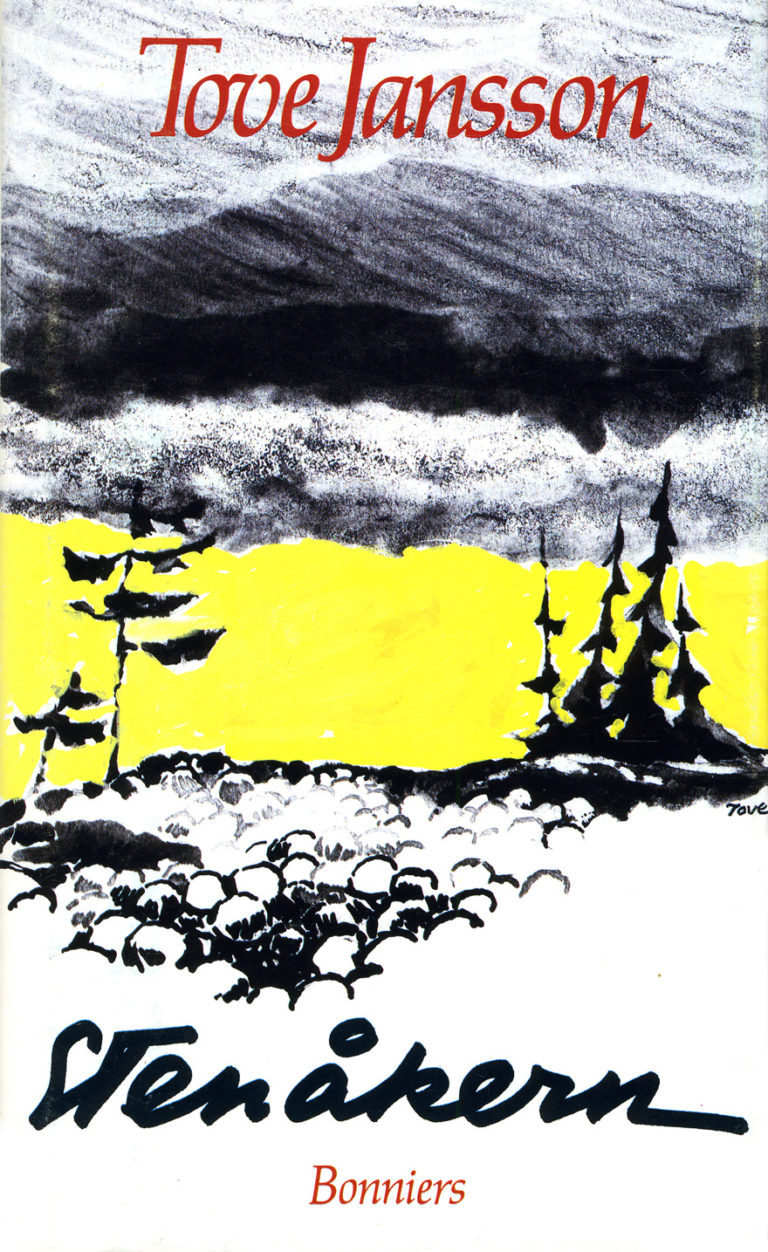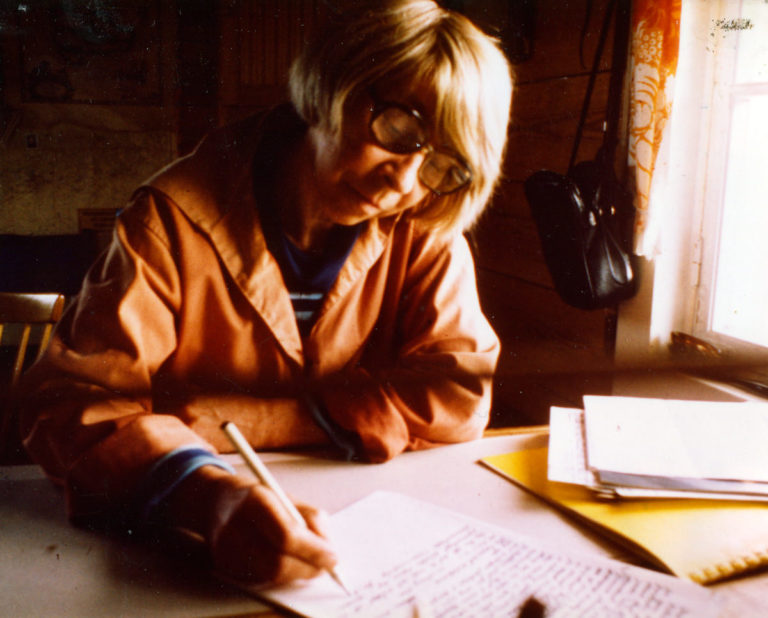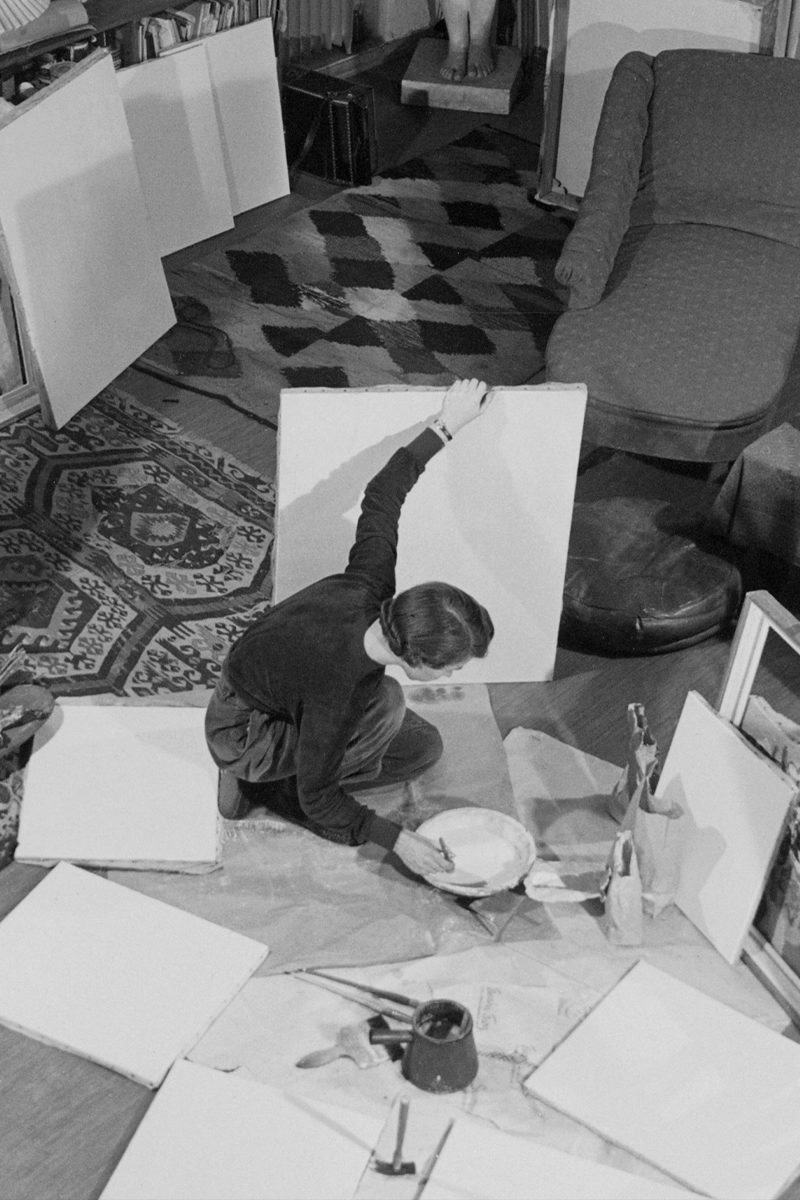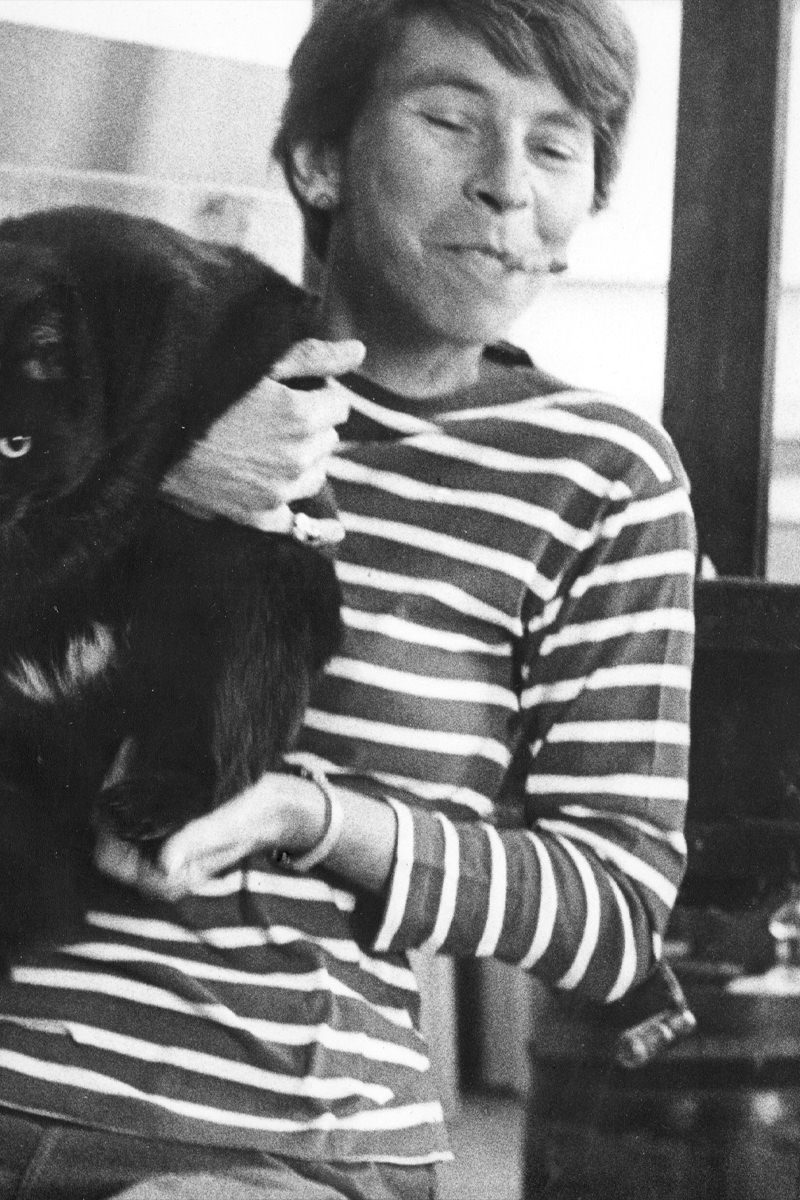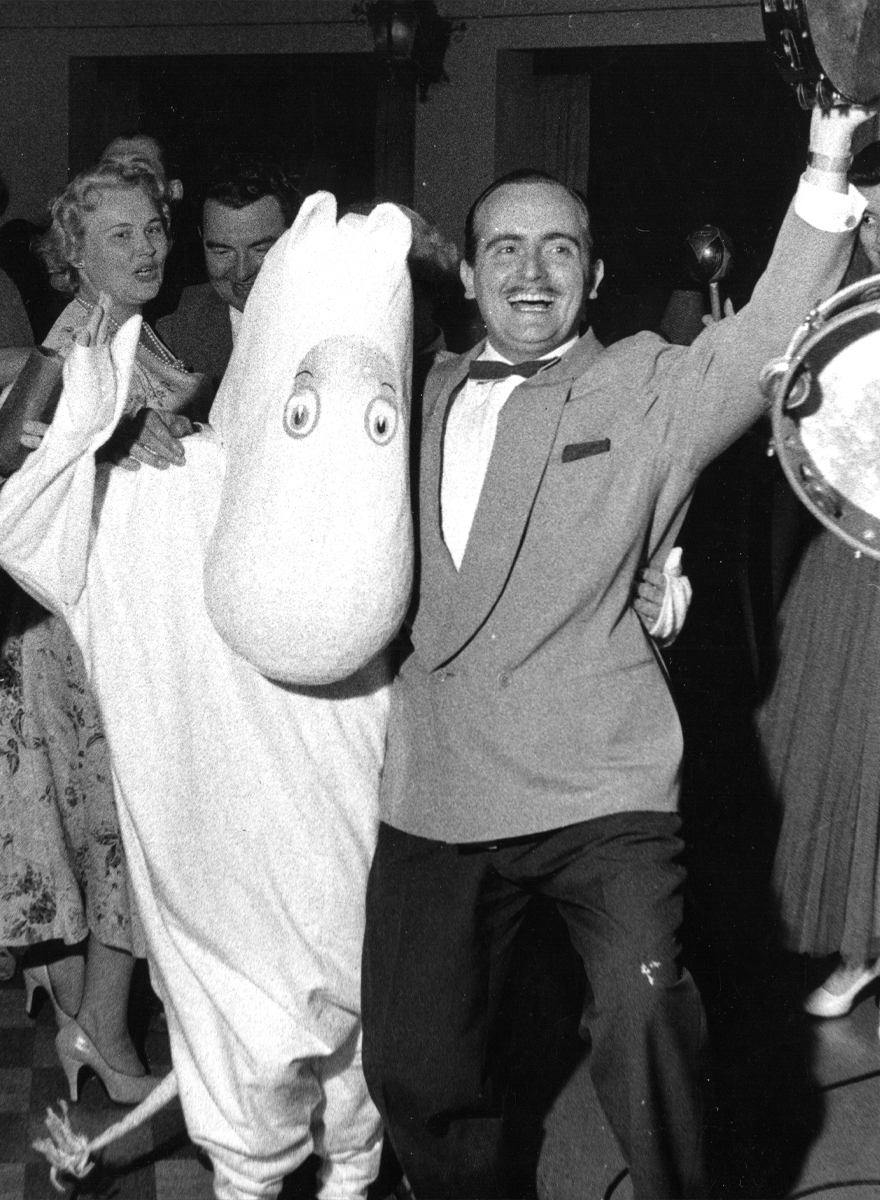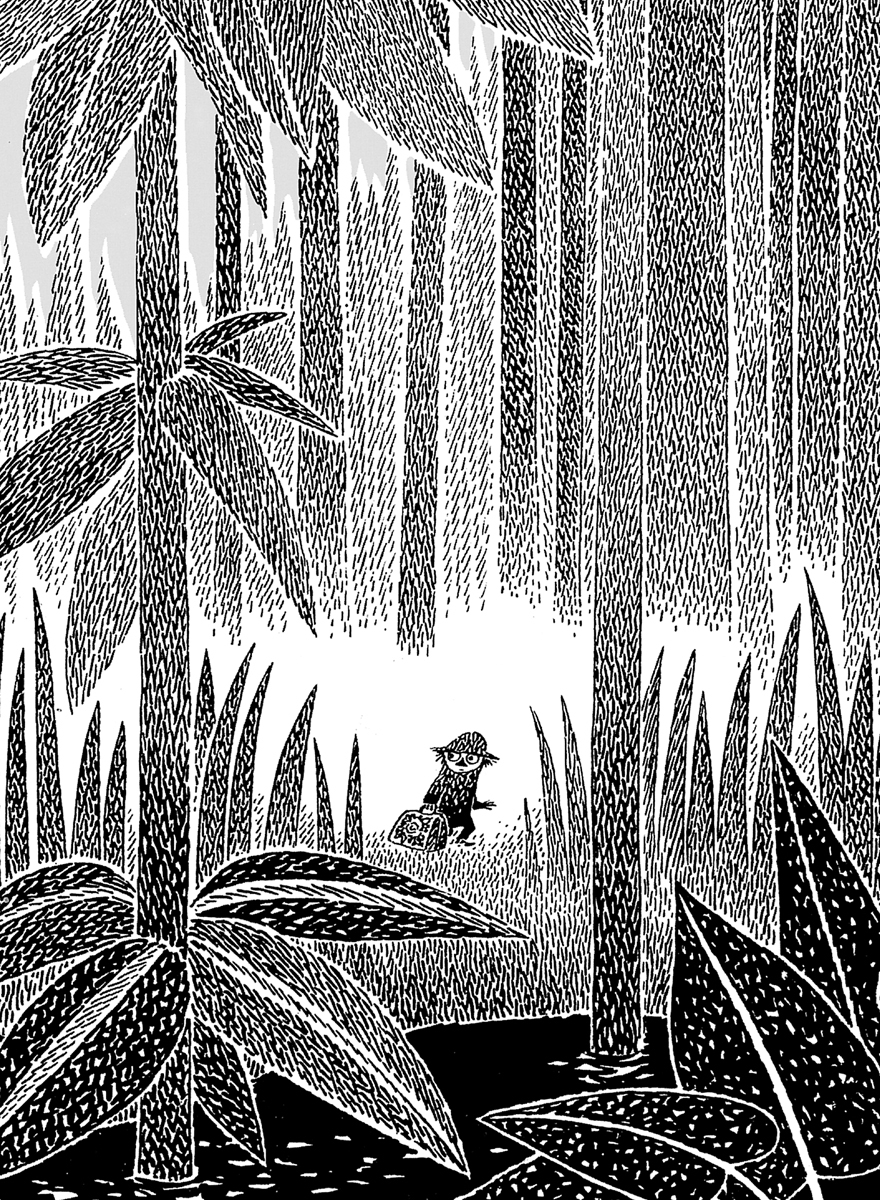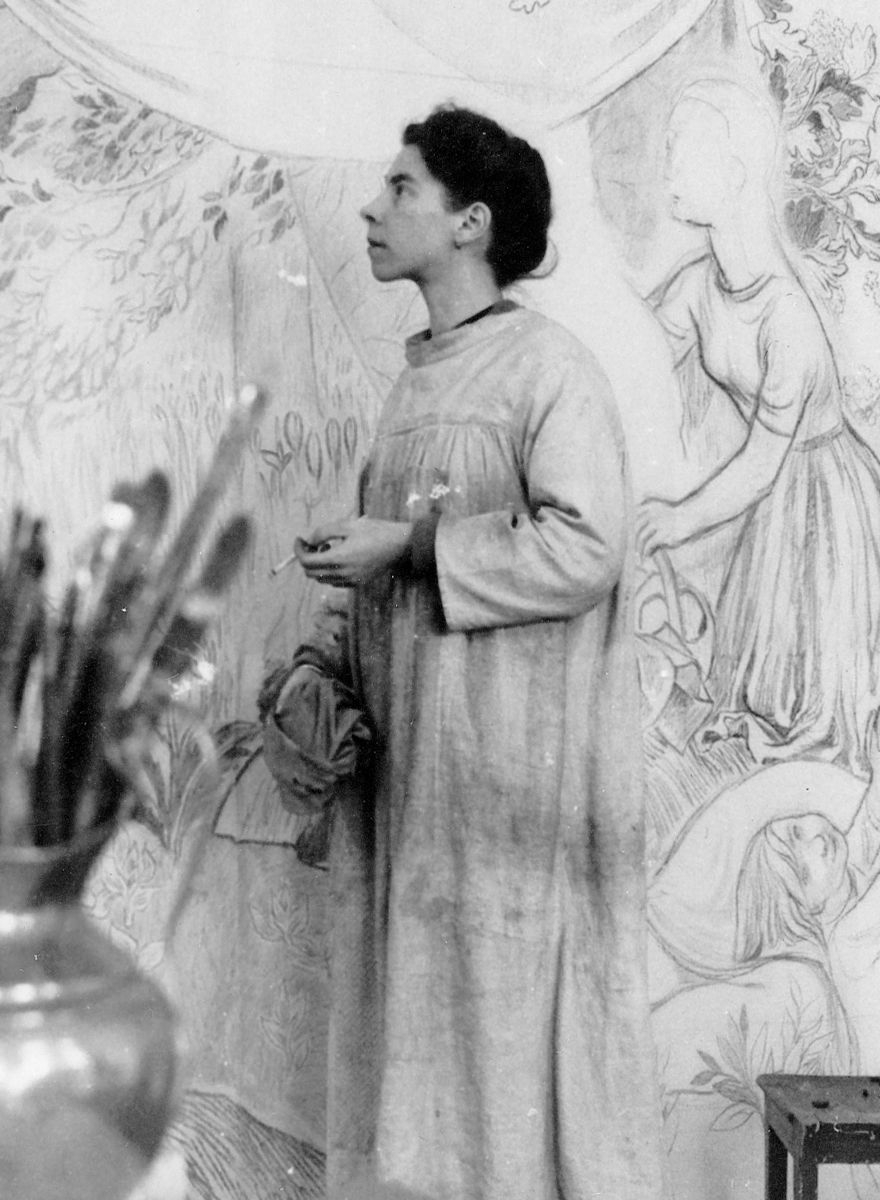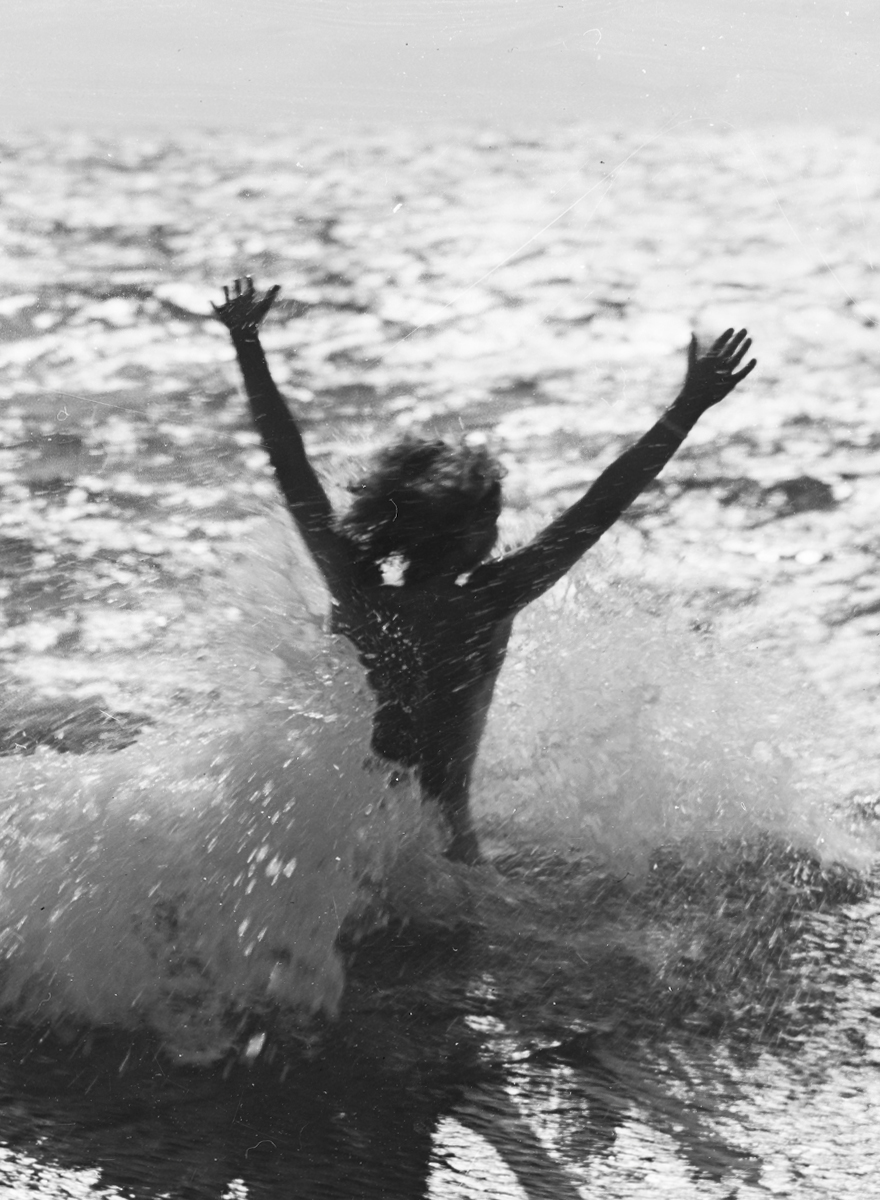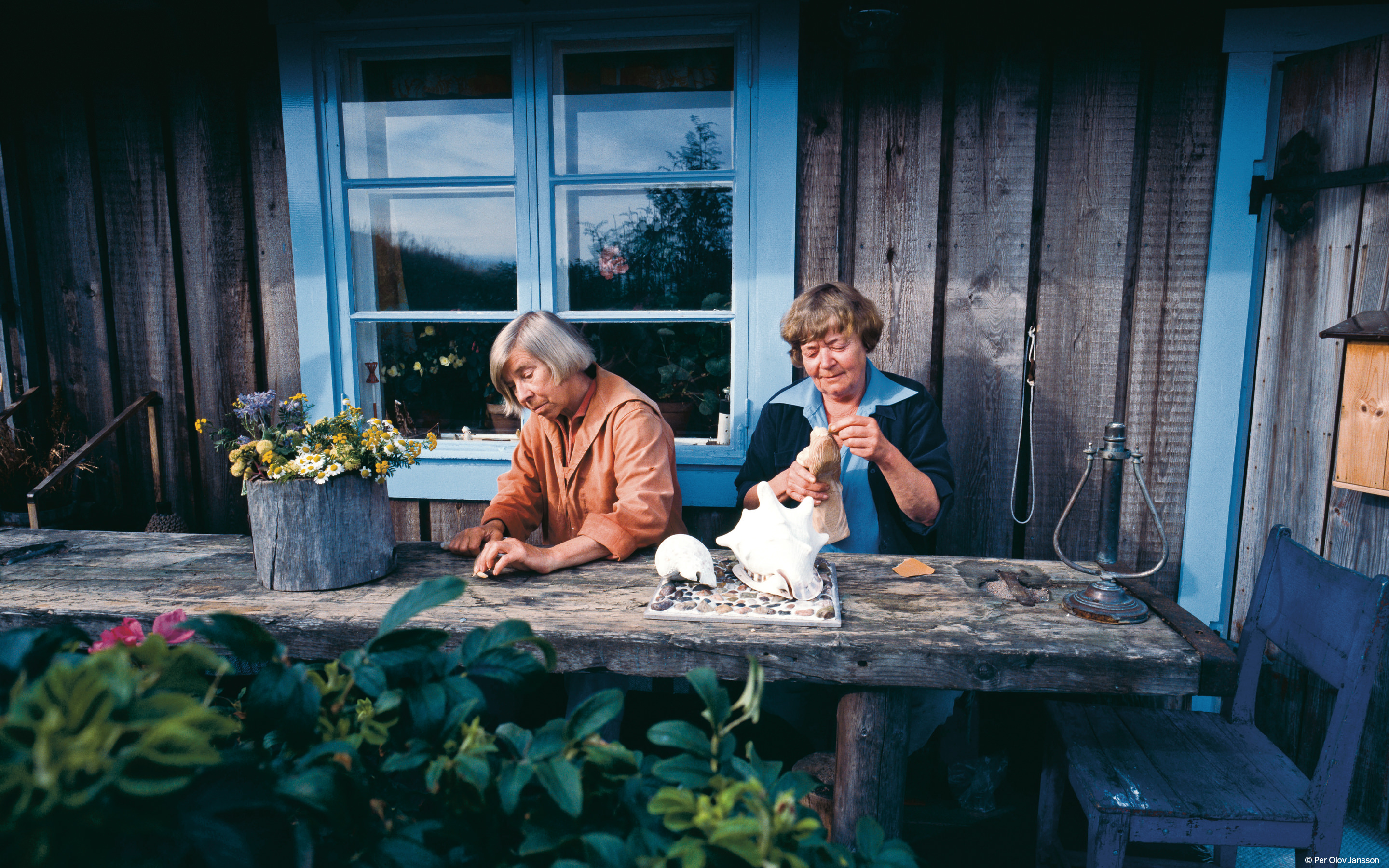I embrace you in great friendship
Tove Jansson usually uses black India ink to write her letters. She illustrates some of her letters, frequently with sketches of herself in new situations.
In her short story “The Listener”, Tove Jansson writes about the elderly Aunt Gerda, a sympathetic listener and an excellent correspondent. For much of her life she has replied dutifully and kindly to the many letters she receives, offering advice where needed. But Aunt Gerda can no longer be relied on to keep the secrets confided in her. Instead she reclaims the space to reminisce and review her life. She listens to her inner voice and experiences a new feeling of power.
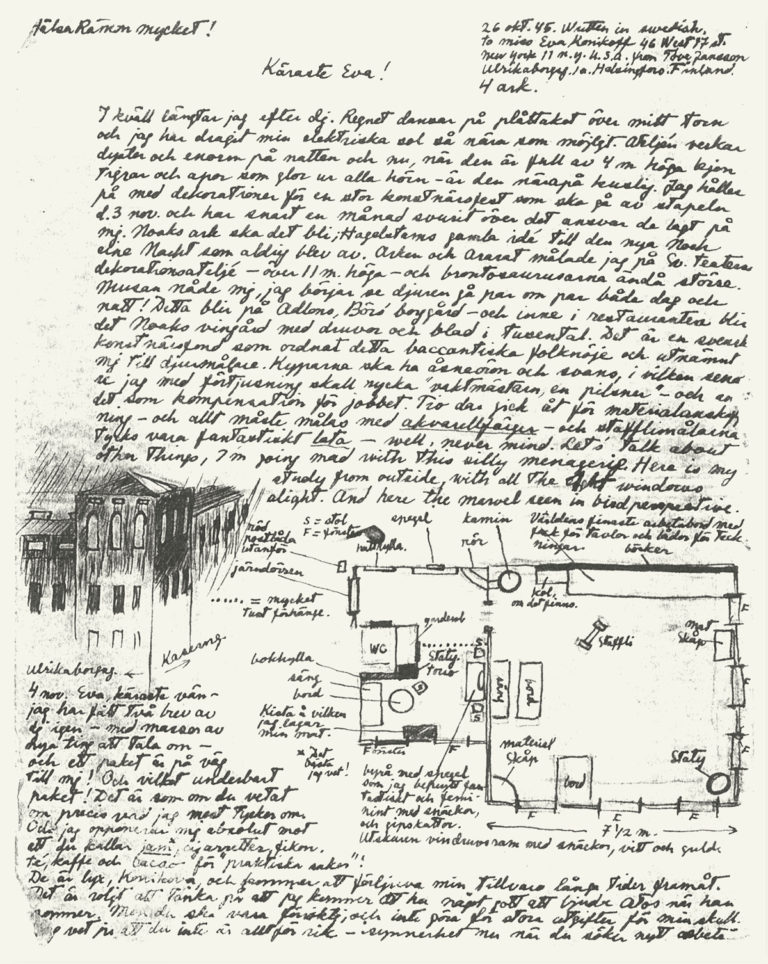

A letter by Tove Jansson to her longtime friend Eva Konikoff from October 26, 1945, written in Swedish. The illustrations depict Tove’s studio on Ullanlinnankatu 1 in Helsinki.
Behind Aunt Gerda’s window, however, the world keeps revolving and evolving, and Aunt Gerda is losing her grasp. Life has become a balancing act between self-interest and an interest in the well-being of others.
One of Tove Jansson’s most important correspondents is her friend Eva Konikoff, a gifted photographer of Russian-Jewish heritage who emigrates to the US just before the onset of the Second World War. Tove pours her heart out to Eva throughout the dark years of war, despite knowing that many of her letters will be censored or returned to sender. The act of confiding, openly and whole-heartedly, to another is a comfort to Tove.
‘You know, Eva, I seem able to talk to you about all my great joys, all my agonies, everything going on in my head – there’s no one else I can talk to as I do to you. I’m not putting a burden on you – am I? I think, I know, that the way you always listen to whatever I tell you is like the embrace of a friend’ (Letters from Tove).
A deep sorrow at their separation is evident in these letters. At the same time, both are busy with their careers, forging new relationships and with their intellectual and spiritual development. Tove Jansson uses the letters to reflect upon her needs, her unfulfilled dreams of recognition as an artist, her disappointments and hopes for love. She also updates Eva on the latest news of their mutual friends and expresses her delight at hearing about ordinary, everyday matters. In one of her letters, she tells Eva about a foolish impulse to blow her latest earnings on a blue fox-fur cape. Eva understands.
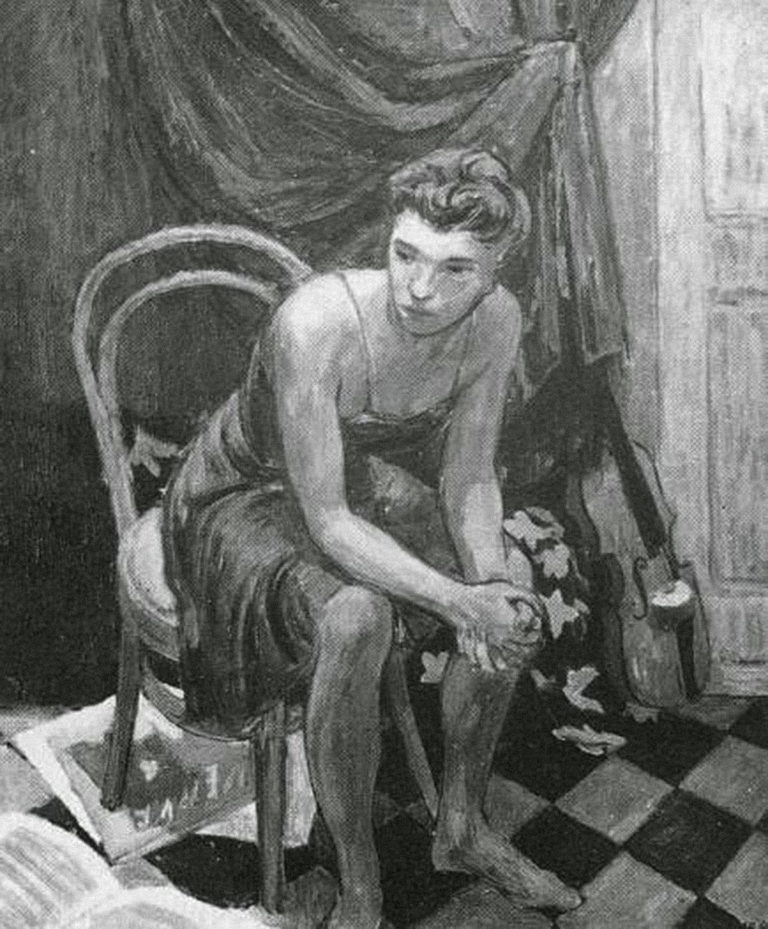

Portrait of her friend Eva Konikoff by Tove Jansson, 1941
From Eva Konikoff, Tove Jansson gains new and stimulating ideas from America. Parcels arrive that will lighten the gloom of austerity with unimaginable treats such as plums, face cream or longed for art materials. The oil colours Eva sends her are especially welcome.
‘I think, I know, that the way you always listen to whatever I tell you is like the embrace of a friend’
Tove Jansson usually uses black India ink to write her letters. She illustrates some of her letters, frequently with sketches of herself in new situations.
In her short story “The Listener”, Tove Jansson writes about the elderly Aunt Gerda, a sympathetic listener and an excellent correspondent. For much of her life she has replied dutifully and kindly to the many letters she receives, offering advice where needed. But Aunt Gerda can no longer be relied on to keep the secrets confided in her. Instead she reclaims the space to reminisce and review her life. She listens to her inner voice and experiences a new feeling of power.
Behind Aunt Gerda’s window, however, the world keeps revolving and evolving, and Aunt Gerda is losing her grasp. Life has become a balancing act between self-interest and an interest in the well-being of others.
One of Tove Jansson’s most important correspondents is her friend Eva Konikoff, a gifted photographer of Russian-Jewish heritage who emigrates to the US just before the onset of the Second World War. Tove pours her heart out to Eva throughout the dark years of war, despite knowing that many of her letters will be censored or returned to sender. The act of confiding, openly and whole-heartedly, to another is a comfort to Tove.
‘You know, Eva, I seem able to talk to you about all my great joys, all my agonies, everything going on in my head – there’s no one else I can talk to as I do to you. I’m not putting a burden on you – am I? I think, I know, that the way you always listen to whatever I tell you is like the embrace of a friend’ (Letters from Tove).
A deep sorrow at their separation is evident in these letters. At the same time, both are busy with their careers, forging new relationships and with their intellectual and spiritual development. Tove Jansson uses the letters to reflect upon her needs, her unfulfilled dreams of recognition as an artist, her disappointments and hopes for love. She also updates Eva on the latest news of their mutual friends and expresses her delight at hearing about ordinary, everyday matters. In one of her letters, she tells Eva about a foolish impulse to blow her latest earnings on a blue fox-fur cape. Eva understands.
‘I think, I know, that the way you always listen to whatever I tell you is like the embrace of a friend’
From Eva Konikoff, Tove Jansson gains new and stimulating ideas from America. Parcels arrive that will lighten the gloom of austerity with unimaginable treats such as plums, face cream or longed for art materials. The oil colours Eva sends her are especially welcome.

